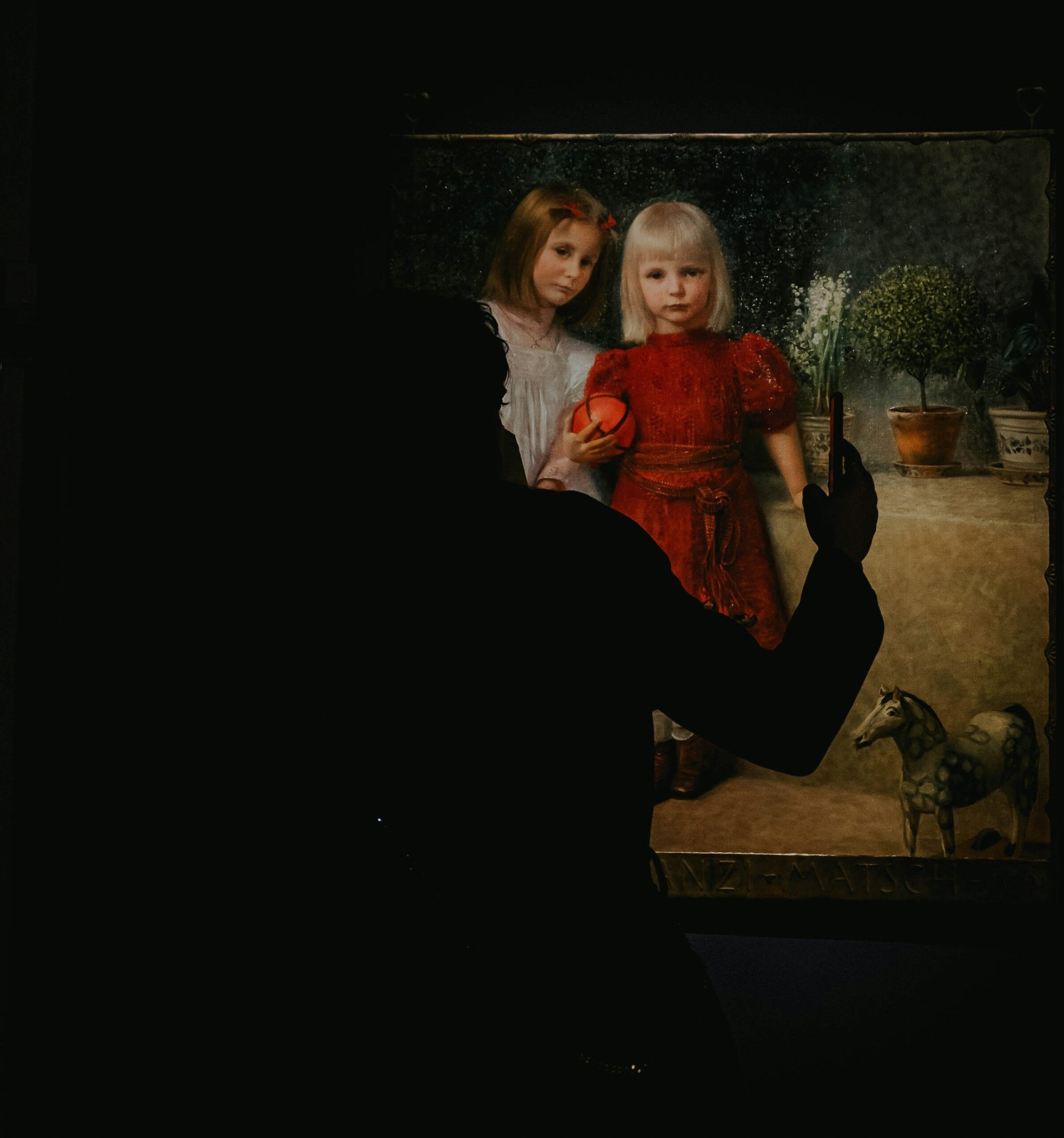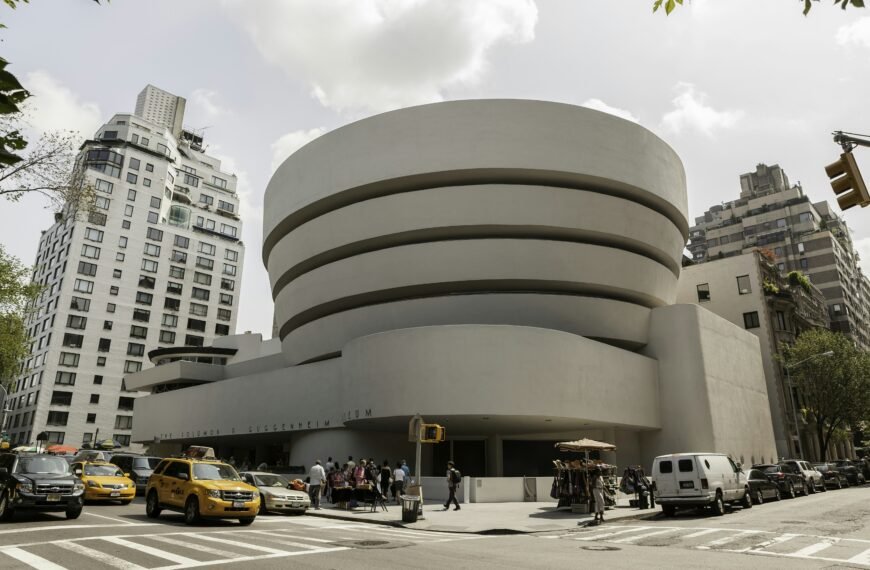Have you ever stumbled upon a piece of art that tells a captivating story and leaves you in awe of its beauty and historical significance? The recently rediscovered painting by Gustav Klimt portraying an African prince is one such artwork that has taken the art world by storm. Let’s delve into the details and unravel the intriguing narrative behind this long-lost masterpiece.

The Rediscovery of Klimt’s Portrait
The portrait of Prince William Nii Nortey Dowuona by Gustav Klimt resurfaced at the TEFAF Maastricht art fair in the Netherlands, catching the attention of art enthusiasts and historians alike. The painting, showcasing the prince against a floral backdrop, was displayed by the Vienna-based gallery Wienerroither and Kohlbacher, with a price tag of 15 million euros.
The Story Behind the Painting
Prince William Nii Nortey Dowuona was a member of a group of Africans from the Gold Coast (now known as Ghana) who were exhibited in colonial “human zoos” across Europe in the late 19th century. Klimt might have encountered them during their display in Vienna’s Zoological Garden in 1896. The portrait sheds light on the controversial practice of exhibiting humans as spectacles during that era.
Negotiations and Museum Interest
After capturing the attention of visitors at the art fair, the painting is currently under negotiation for sale, with a major museum expressing interest in acquiring it. The gallery is withholding the identity of the institution involved in the negotiations, highlighting the meticulous due diligence process required for high-value art acquisitions.
Process of Due Diligence
In the world of art auctions and sales, especially for valuable historical pieces like Klimt’s painting, thorough research on provenance and attribution is essential. This ensures that the artwork’s authenticity and historical significance are verified before finalizing any transaction. The intricate process of due diligence plays a crucial role in maintaining the integrity of art acquisitions.

The Journey of the Painting
The rediscovery of Klimt’s portrait of an African prince in 2023 by Wienerroither and Kohlbacher marked a significant milestone in art history. The painting, previously thought to be lost, was brought into the gallery by an Austrian couple, sparking a chain of events that led to its recognition as an authentic Klimt artwork.
Uncovering the Hidden Stamp
Upon inspection, a barely legible Gustav Klimt estate stamp was found on the back of the canvas, providing a crucial clue to its authenticity. Through collaboration with art experts and researchers, the gallery was able to trace the painting’s origins back to Klimt’s ownership and its subsequent auction from his estate in 1923.
Historical Context and Significance
The depiction of an African prince by Gustav Klimt holds great historical and cultural significance, shedding light on the colonial practices of the late 19th century. The painting serves as a poignant reminder of the exploitation and objectification of indigenous peoples during that era, prompting reflection on the complexities of art, history, and social justice.
Art as a Reflection of Society
Gustav Klimt’s portrait of Prince William Nii Nortey Dowuona encapsulates the artistic response to the social and political climate of the late 19th century. Through his detailed portrayal of the prince, Klimt invites viewers to contemplate the implications of colonialism and cultural exchange, sparking conversations on identity, representation, and power dynamics.
In conclusion, the rediscovery of Klimt’s portrait of an African prince not only adds a new chapter to art history but also prompts critical reflections on colonial legacies, cultural authenticity, and the power of art to transcend time and space. As the painting continues to captivate audiences and museums worldwide, it serves as a testament to the enduring relevance of art in illuminating the complexities of our shared human experience.








